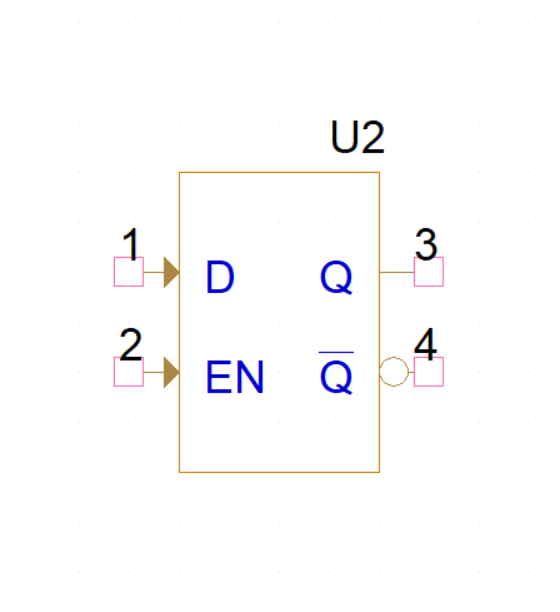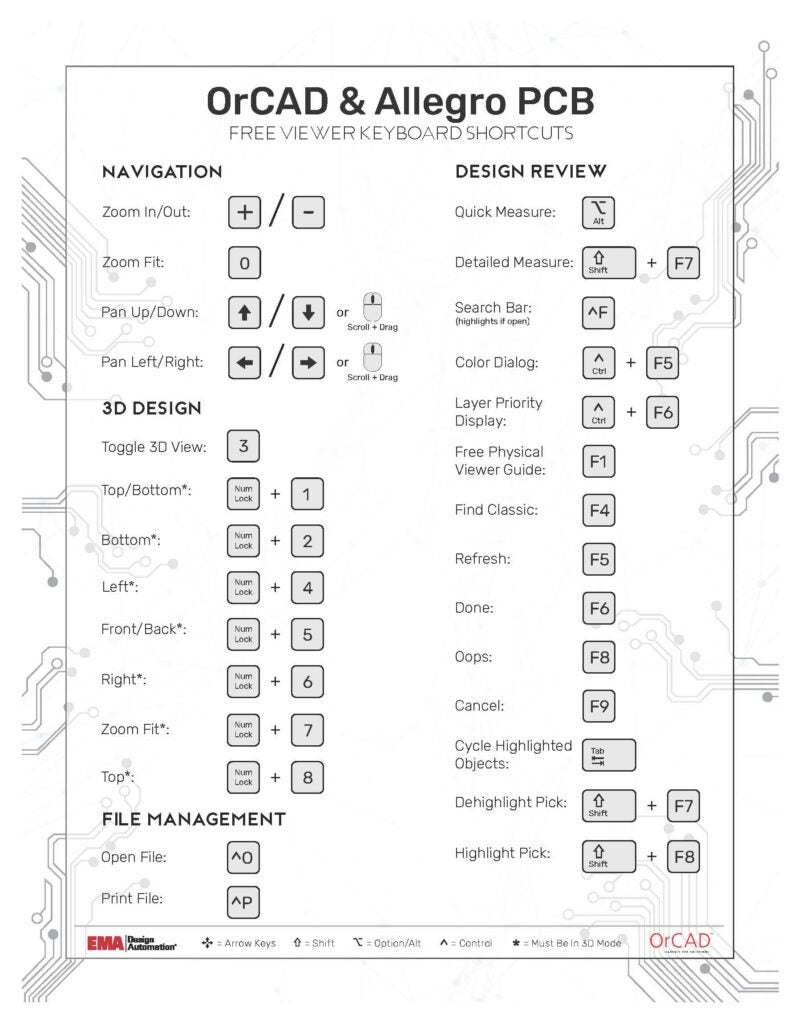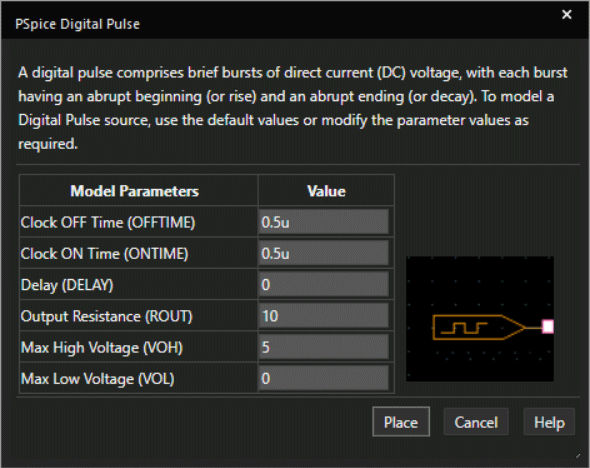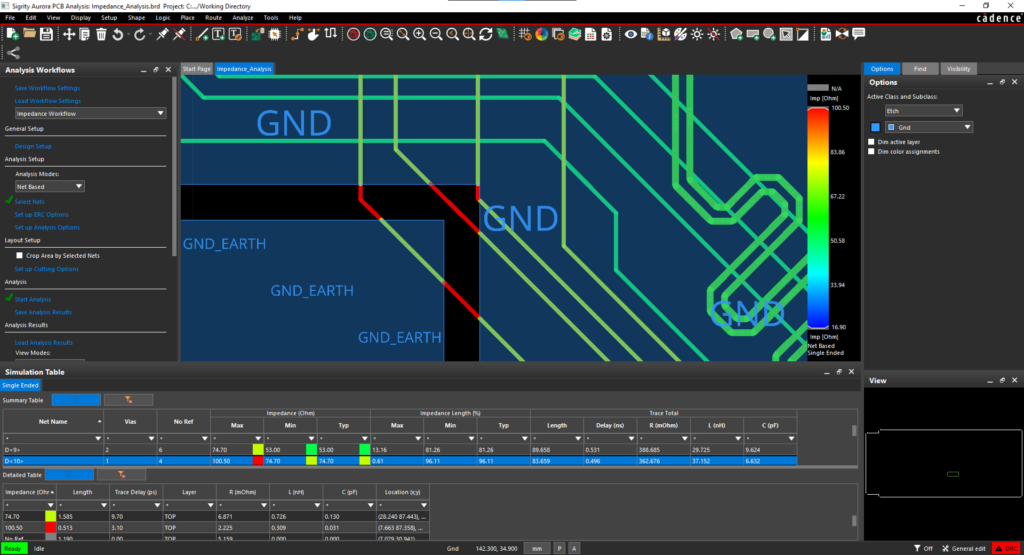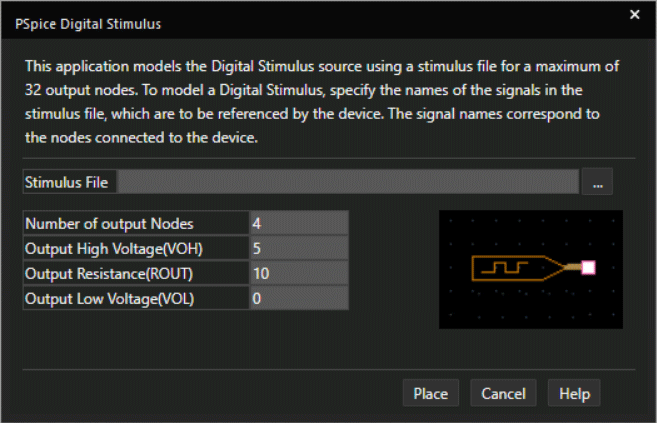
In the PCB design process, utilizing cloud computing, software, and storage can transform PCB development by offering greater flexibility, collaboration, and efficiency. This can be seen with improvements in:
- Data Management
- Collaboration
- IT Burden and Overhead
- Accelerated Compute and Automation
In this blog, we will focus on how leveraging the public cloud will improve the areas of data management and collaboration in the PCB design process.
Benefits of the Cloud for PCB Design
A cloud approach to PCB design creates a single source of truth that can be accessed by all team members and offers the following benefits to the ever-evolving PCB development process.
Accessibility
Cloud-based solutions can accommodate remote work and offer greater flexibility and accessibility for users. Engineers and designers can work from anywhere without being tied to a specific machine or requiring a VPN connection (which can result in performance reduction and/or significant IT overhead to manage) to access ECAD software. This enables remote collaboration between designers, teams, suppliers, and manufacturers.
Team Collaboration
With a cloud-based environment, teams can work on designs simultaneously from different locations. This enables real-time collaboration which can reduce delays in design reviews and approvals. Additionally, centralized cloud storage ensures designers are always accessing the latest version.
Real-Time Data Updates
Traditional file-sharing methods can be error-prone if a robust, centralized system is not established. Cloud-based environments streamline collaboration, reporting instant updates to files and reducing the typical delays and miscommunication errors caused by file sharing.
Consistency
Centralized library management with cloud-based solutions ensures all team members are utilizing verified, approved parts for PCB designs. This eliminates locally hosted libraries and individual computers, in turn reducing errors and minimizing time spent verifying symbols, footprints, and additional component data. Additionally, components added to a centralized, cloud-based library can be templated to create consistency in formatting, data, models, and more.
Improved Decision Making
With cloud-based ECAD solutions, you can obtain and manage real-time supply chain information for components such as pricing, lead time, lifecycle, part status, obsolescence notifications, and more. This live information will help designer’s make informed part choices, streamline part procurement, and reduce component costs.
Using the cloud for PCB design offers many advantages but it also comes with several challenges and concerns.
Cloud Challenges for PCB Design
Today’s PCB design and development process is collaborative, often encompassing many designers and engineering teams. While a cloud solution can foster a collaborative approach, it also presents challenges, logistically and technically, in the form of data security concerns, integration complexities, potential latency issues, and the need for reliable internet connectivity.
Security and Data Privacy
PCB designs contain sensitive information and protecting Intellectual Property (IP) is a major concern. With data and designs being stored in the cloud, there is an increased risk of cyberattacks, data breaches, or unauthorized access that would not typically be an issue with locally hosted IP.
For military, medical, and aerospace industries where data security is of the upmost importance, cloud storage must comply with industry regulations such as ITAR and GDPR to be usable.
Performance & Latency
It is a common assumption that cloud-based tools may experience lag, especially with complex design and large file sizes. This performance and access to design information is dependent on internet connectivity; therefore, losing internet access or working offline can impact the design workflow and efficiency. Additionally, without a robust cloud system, real-time editing and rendering performance may not match on premise solutions.
Integration into CAD Tools
When implementing cloud storage into your PCB design process, it is essential for the cloud solution to be tightly integrated. This will minimize compatibility issues with locally installed ECAD software and eliminate migration challenges when moving projects from on premise solutions to cloud-based solutions.
Collaboration and Version Control
While a cloud-based environment enables teamwork and collaboration, version control can become complex if not managed properly. When multiple team members are accessing designs and data there can be a risk of overwriting information or producing conflicting changes.
Proper planning, strategy, and design tools can help mitigate these issues and unlock the full potential of cloud-based design.
Overcoming Cloud Challenges with OrCAD X
Despite these challenges, cloud solutions for PCB design, like OrCAD X, are evolving to address these concerns with enhanced security, optimized performance, and better collaboration tools. OrCAD X can help you unlock the full potential of cloud-based design with:
Data Residency
Many companies have strict requirements as to where their data is hosted. OrCAD X OnCloud lets you decide where your data is hosted by configuring the data residency as:
-
-
- Asia
- Japan
- USA
- Europe
-
Data Security
The Cadence OnCloud platform uses industry security frameworks, standards, and processes to manage security and potential risks. To address regulatory and contractual obligations and to demonstrate consistent security practices, Cadence OnCloud was developed in compliance with:
-
-
- US Department of Defense
- Information Security Management System, ISO/IEC 27001
- Information Security Management System, ISO/IEC 27017
- Information Security Management System, ISO/IEC 27018
- AICPA SOC 2
- Federal Information Processing Standard (FIPS) 140-2
- China Cybersecurity Compliance Standard, MLPS 3.0
-
Internal and External Access
Not only should your cloud storage solution support internal design teams but you must be able to collaborate with external sources. To achieve a streamlined development process, access to cloud-based libraries and design data should be granted to any contract manufacturers (CMs), OEMs, and other design partners. OrCAD X OnCloud allows you to grant access to both external and internal collaborates, assign roles, and configure permissions to foster collaboration while limiting users who can edit libraries and data.
Library Management
OrCAD X OnCloud includes a cloud-unified part authoring environment inclusive of managing part properties like company part numbers, part descriptions, PCB footprints, technical parameters, and more. This centralized data storage removes individual or localized copies of design and library content, improves accuracy of component models and data, and ensures all uses are accessing verified and available parts.
Version Control and History
OrCAD X OnCloud provides visibility into exactly who made what change, when changes were made, and why. Version history is documented when designs or libraries are published to shared workspaces, tracking the user, time, date, and any comments or notes. OrCAD X OnCloud also supports a two-level ASME alpha-numeric revision scheme with major and minor versioning.
Mixed Cloud and On-Premise Deployments
Mixed deployments with OrCAD X permit the use of both the cloud and on-premise configurations for data as needed. Your software is still installed locally, ensuring high-performance and data control at all times.
OrCAD X OnCloud, provides an out-of-the-box data and library management solution allowing anyone (both internal and external users) to access data from anywhere, simplifying design collaboration. With integration directly into OrCAD X, authorized users can easily access and contribute design data to one central location without leaving their CAD environment. This cloud-based solutions streamlines the PCB design process providing the structure, reliability, and traceability required in a team environment.
Learn more about OrCAD X OnCloud here and get started with your free trial of OrCAD X.





